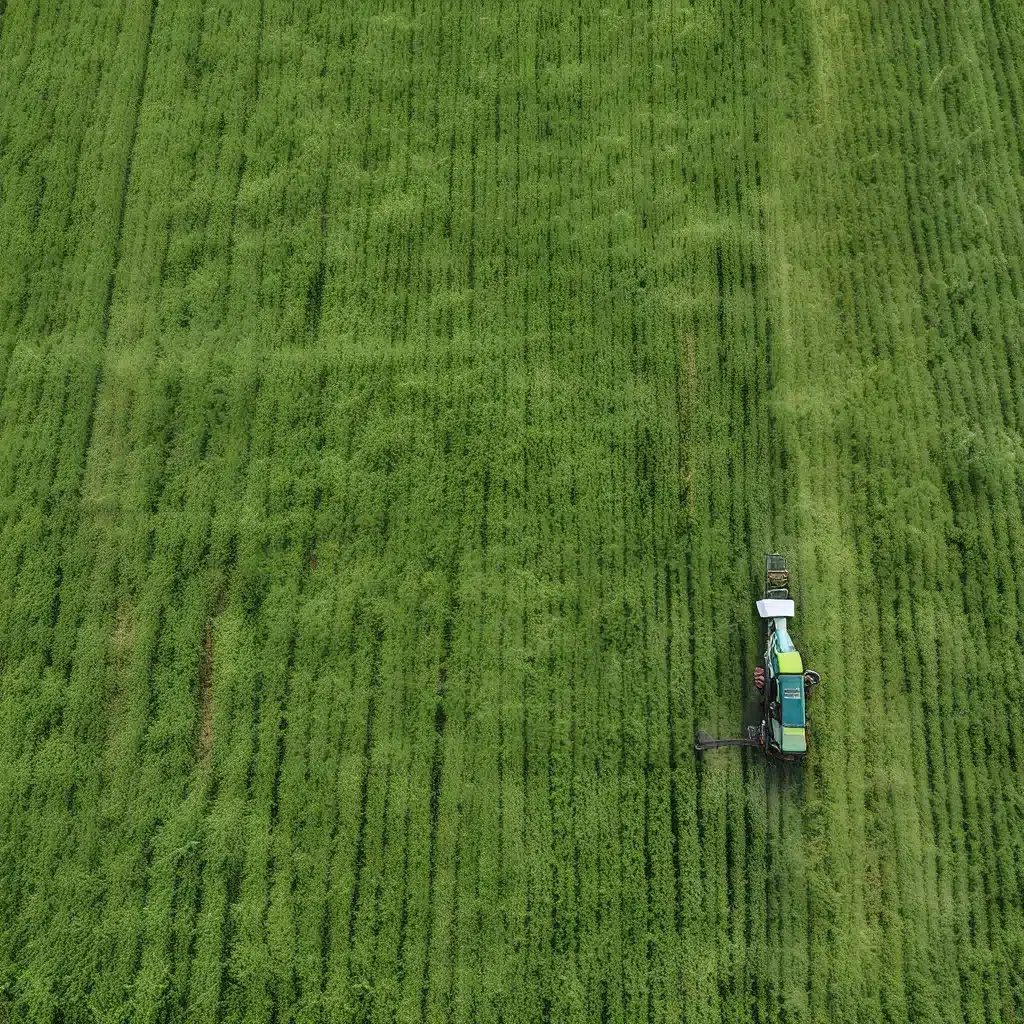
In the ever-evolving landscape of modern agriculture, sensor networks and Internet of Things (IoT) technologies are transforming the way farmers approach their craft. Precision agriculture, a cutting-edge approach that leverages data-driven insights, is at the forefront of this agricultural revolution, empowering farmers to make informed decisions that optimize crop yields and resource utilization.
The AI-Driven Precision Agriculture Landscape
Artificial Intelligence (AI) plays a crucial role in precision agriculture, bringing advanced capabilities that were once only seen in science fiction. By incorporating AI into their practices, farmers can enjoy a wide range of advantages, from improved decision-making to enhanced disease detection and prevention.
One of the key mechanisms behind AI-driven precision agriculture is machine learning. By analyzing large and diverse datasets, such as weather patterns, soil conditions, and historical yield data, AI-powered algorithms can accurately forecast crop growth and provide valuable insights to farmers. This allows them to make data-driven choices on when to plant and harvest, allocate resources more efficiently, and ultimately increase their yield potential without harming the environment.
Revolutionizing Crop Disease Management
The integration of AI in precision agriculture has also revolutionized the way farmers handle crop diseases. Computer vision and data analytics play a crucial role in this transformation. By using machines to analyze images of plants, farmers can now identify early signs of disease, a crucial step in keeping crops healthy and ensuring a good harvest.
Beyond detection, AI-driven solutions also offer tools for effective disease management. By leveraging real-time data and predictive analytics, farmers can respond promptly to the first signs of trouble, minimizing the impact of diseases on their crops. This proactive approach not only enhances productivity but also contributes to more sustainable agricultural practices.
Optimizing Resource Utilization with AI-Powered IoT
At the heart of precision agriculture lies the seamless integration of IoT sensors and AI algorithms. These technologies work in tandem to gather real-time data and make informed decisions about resource management, leading to improved efficiency and reduced environmental impact.
Variable Rate Technology (VRT) is an essential tool in this endeavor. By combining VRT with AI algorithms, farmers can precisely apply resources, such as water and fertilizers, at varying rates across their fields based on specific characteristics. This dynamic approach to resource management enables farmers to maximize yields while minimizing wastage, a crucial step towards sustainable agriculture.
Challenges and Barriers to Adoption
While the potential of AI-powered precision agriculture is undeniable, there are several challenges and barriers that must be addressed to facilitate broader adoption. One of the primary obstacles is the cost barrier, as the upfront costs for AI systems and IoT technologies can be prohibitive for small to medium-sized farms.
Another challenge is the knowledge gap within the agricultural community, as many farmers are adept at traditional farming methods but may have limited expertise when it comes to advanced technologies. Bridging this gap requires robust support systems, including financial incentives, educational programs, and ongoing technical assistance.
The Future of AI in Precision Agriculture
Despite the challenges, the future of AI in precision agriculture is bright. As technology continues to advance, AI solutions are becoming more accessible and user-friendly, making them increasingly viable for everyday use on the farm.
Through persistent innovation and strategic collaborations, the agricultural sector is poised to reap the full benefits of AI-powered precision agriculture. By leveraging data-driven insights and advanced technologies, farmers can optimize crop yields, enhance resource efficiency, and drive sustainable practices forward, ensuring a brighter future for the industry and the planet.
One such example of a leading technology company making strides in this domain is Sensor Networks. With a deep understanding of the industry’s challenges and requirements, Sensor Networks has developed innovative AI-based solutions that address specific needs, from quality control and traceability to yield optimization.
By embracing the power of sensor networks, IoT, and AI, the agricultural sector is undergoing a transformative shift. Farmers are evolving from manual laborers to data-driven decision-makers, leveraging advanced technologies to achieve greater efficiency, productivity, and sustainability on their farms. This synergy between humans and AI holds the key to a future where agriculture not only meets the growing demand for food but also contributes to a more sustainable and environmentally-conscious world.